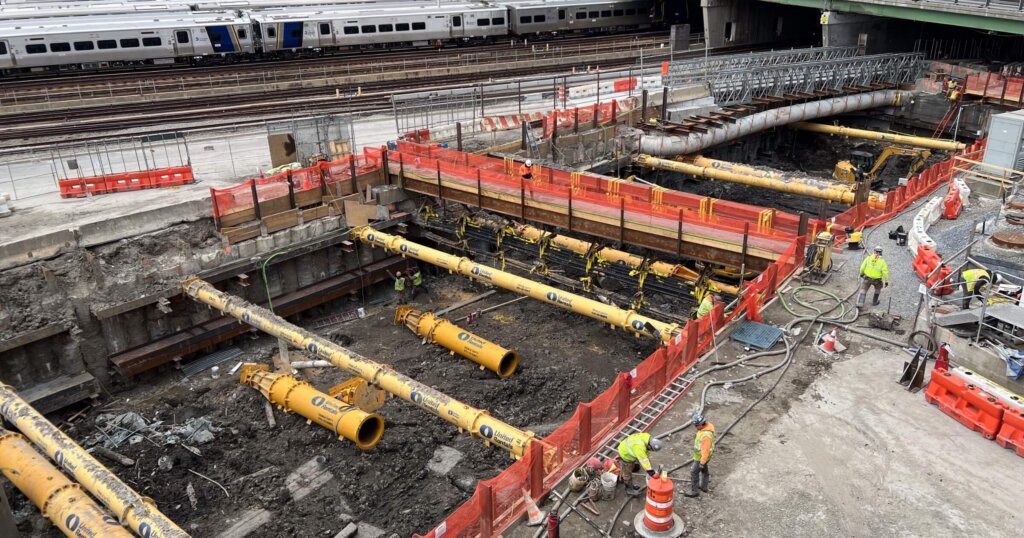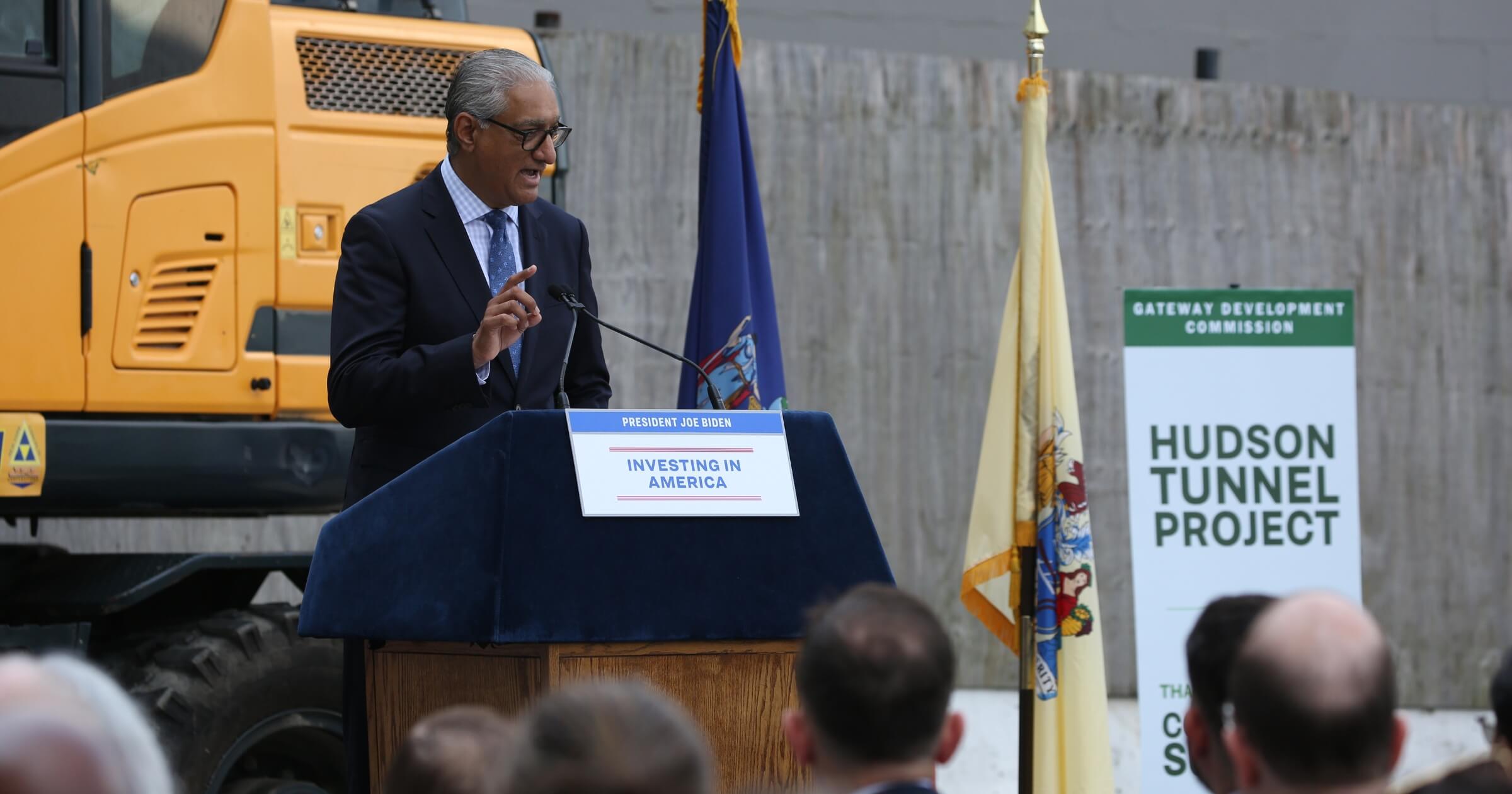Photo courtesy of https://www.gatewayprogram.org/
From New York’s $16 billion Gateway Program to sprawling infrastructure revamps across North America, construction firms are seizing a rare moment of opportunity to build as megaprojects boom across the country. Government investment has flowed into ambitious urban planning to keep up with competing countries like China and India. For builders it’s a high-reward environment that promises to deliver major cash flow if managed properly.
One of the highest-profile examples is the Gateway Program, a massive rail reconstruction linking Newark and Manhattan, including a two‑tube tunnel under the Hudson and rehabilitation of century‑old infrastructure. Stretching ten miles and handling over 200,000 daily passengers, it’s projected to create thousands of jobs on projects like the Manhattan Tunnel and Palisades Tunnel segments.

Photo courtesy of https://www.gatewayprogram.org/
Megaprojects come with unique hurdles that set them apart from standard construction. These jobs often require years of coordination between public and private stakeholders, strict regulatory compliance, and intense public scrutiny. They also magnify common industry pain points: labor shortages, cost overruns, and supply chain delays.
“The full-year results of megaproject activity are revealing in their influence on the construction sector,” said Chief Economist Michael Guckes. “These projects accounted for one out of every six dollars spent on nonresidential construction nationwide.” Megaprojects are no longer outliers, but major drivers of industry growth.
How companies are taking advantage of the booming megaprojects investment
To meet the moment of the megaprojects boom, major construction firms are evolving their strategies to attract workers as labor shortages continue to plague the industry. Many are doubling down on workforce development, offering apprenticeships, retention bonuses, and upskilling programs to attract and keep talent. Others are embracing modular construction or pre-fabrication to reduce site time and mitigate weather risks. Digital twins, BIM (Building Information Modeling), and advanced scheduling tools are also gaining ground, giving teams real-time insights to keep massive builds on track.
At the same time, new funding models are gaining traction. Public-private partnerships (P3s), for example, are helping keep large-scale projects moving by sharing financial responsibility between governments and private investors. This spreads out the risk while making room for more innovation and long-term thinking, especially in transportation and energy, where capital demands are steep.
What’s more, megaprojects are increasingly acting as testbeds for sustainability and resilience. From carbon-neutral job sites to electrified fleets and climate-adaptive infrastructure, these high-profile builds are pushing firms to innovate, not just to meet specs, but to future-proof their work. In an era of extreme weather and regulatory scrutiny, innovation is becoming non-negotiable.
The companies that take advantage of this megaproject boom are the ones most likely to come out ahead in today’s industry.
Looking for more insights into the future of construction? Subscribe to our newsletter for the projects, tools, and industry trends that matter.



